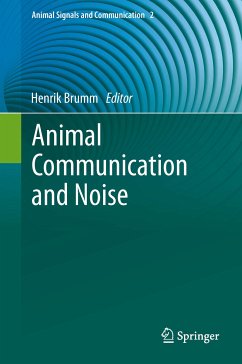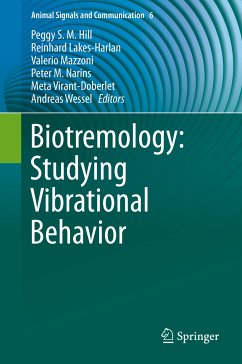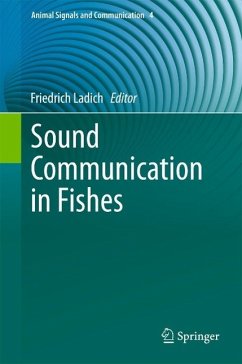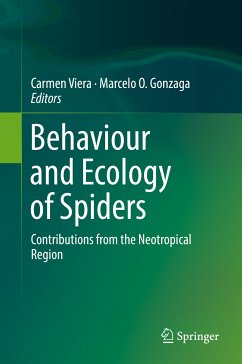
Studying Vibrational Communication (eBook, PDF)
Versandkostenfrei!
Sofort per Download lieferbar
112,95 €
inkl. MwSt.
Weitere Ausgaben:

PAYBACK Punkte
56 °P sammeln!
This volume explains the key ideas, questions and methods involved in studying the hidden world of vibrational communication in animals. The authors dispel the notion that this form of communication is difficult to study and show how vibrational signaling is a key to social interactions in species that live in contact with a substrate, whether it be a grassy lawn, a rippling stream or a tropical forest canopy. This ancient and widespread form of social exchange is also remarkably understudied. A frontier in animal behavior, it offers unparalleled opportunities for discovery and for addressing ...
This volume explains the key ideas, questions and methods involved in studying the hidden world of vibrational communication in animals. The authors dispel the notion that this form of communication is difficult to study and show how vibrational signaling is a key to social interactions in species that live in contact with a substrate, whether it be a grassy lawn, a rippling stream or a tropical forest canopy. This ancient and widespread form of social exchange is also remarkably understudied. A frontier in animal behavior, it offers unparalleled opportunities for discovery and for addressing general questions in communication and social evolution. In addition to reviews of advances made in the study of several animal taxa, this volume also explores topics such as vibrational communication networks, the interaction of acoustic and vibrational communication, the history of the field, the evolution of signal production and reception and establishing a common vocabulary.
Dieser Download kann aus rechtlichen Gründen nur mit Rechnungsadresse in A, B, BG, CY, CZ, D, DK, EW, E, FIN, F, GR, HR, H, IRL, I, LT, L, LR, M, NL, PL, P, R, S, SLO, SK ausgeliefert werden.












